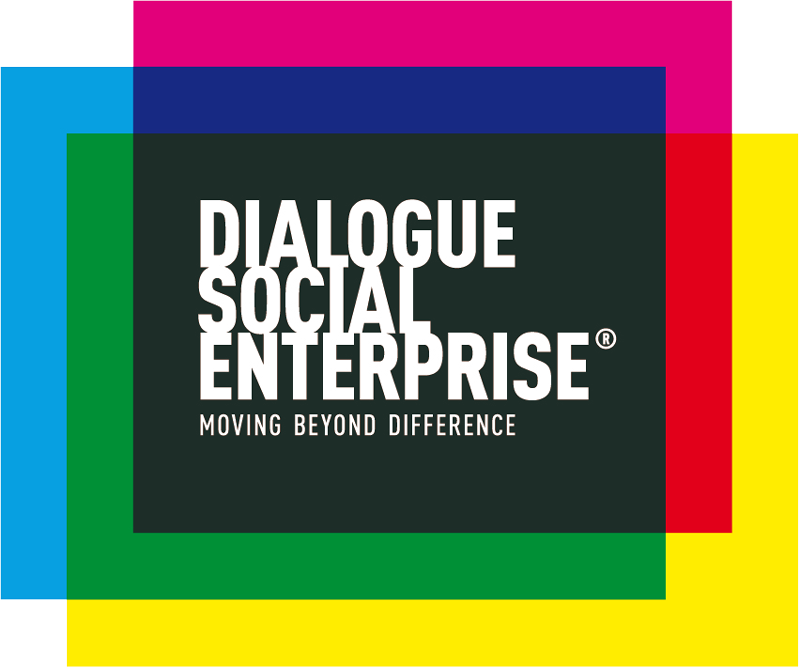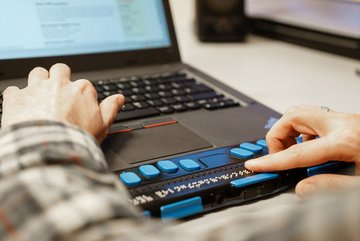Accessibility is inclusion in action. Words, speeches, good intentions and promises translated into concrete actions that enable historically marginalized groups of people to participate in society.
Accessibility is the lifeblood of inclusion. Without granting access to participation, diversity and inclusion efforts are forms without substance, speeches loaded with emotion and beautiful illusions but lifeless.
Let me tell you an example from my situation, living with a visual disability.
When I was a child, I used to hand in my homework in Braille, which meant that both me and my teacher had to spend extra time for me to read my homework to her.
My mom was the one who spent her afternoons reading the textbooks for me. Then I could do my summaries or answer my quizzes on my noisy Perkins braille machine.
And so it went until I finished high school.
The big change happened when I discovered adaptive computing or the so called tiflo technology. I learned that there were a couple of great tools e.g., screen-reading software, which verbalized what appeared on a computer screen and allowed me to interact through keyboard commands. And OCR (optical character recognition) software that digitizes printed pages or images into text.
In college, I turned in all my homework on paper using these technologies. I would scan and read the textbooks myself and type the assignments. The professors didn't have to spend extra time on me, as my assignments were readable for them, and instead of submitting my exams orally - when someone had to read for me and type my answers - I received my exams on a USB and answered them myself on my laptop.
This is accessibility: the tools that allow us to overcome barriers to achieve full and autonomous participation.
In my case, the barriers were that I could not read like sighted people, and that I could not use a computer because I could not see the screen.
The accessible solution was screen reader and OCR software. And from that moment on, my mother could forget about reading books to me every afternoon, I put away my Braille machine forever and the teachers could breathe easier.
The autonomy and participation that accessible technology allowed me went far beyond the educational. I was able to read the books I wanted and not just the ones available in braille, I was able to write my own texts, I had access to social media, blogs, news and entertainment portals, and perhaps most notably, I have a remote job with DSE since 2010, which would have been impossible without accessible technology.
The mantra of accessibility is: focus on what you can change, and change it.
You can't give sight back to all blind people. As Einstein said: We cannot solve problems using the same kind of thinking we used when they were created. In other words, the solution to visual impairment is not in seeing, but in creating tools so that blind people can also participate in the visual world. The solution was not in my eyes, but in an application that today is already on every smartphone and that allows me to use it just like you do.
This is the enormous importance of accessibility. Disability - especially permanent disability - cannot be fought, it is a condition of life. What we do have to mitigate are the barriers that create inaccessibility and perpetuate the exclusion of groups such as people with disabilities.
With the right accessible tools and a constant reduction of barriers, a person with a disability can fully participate in society and dignify his or her life.

